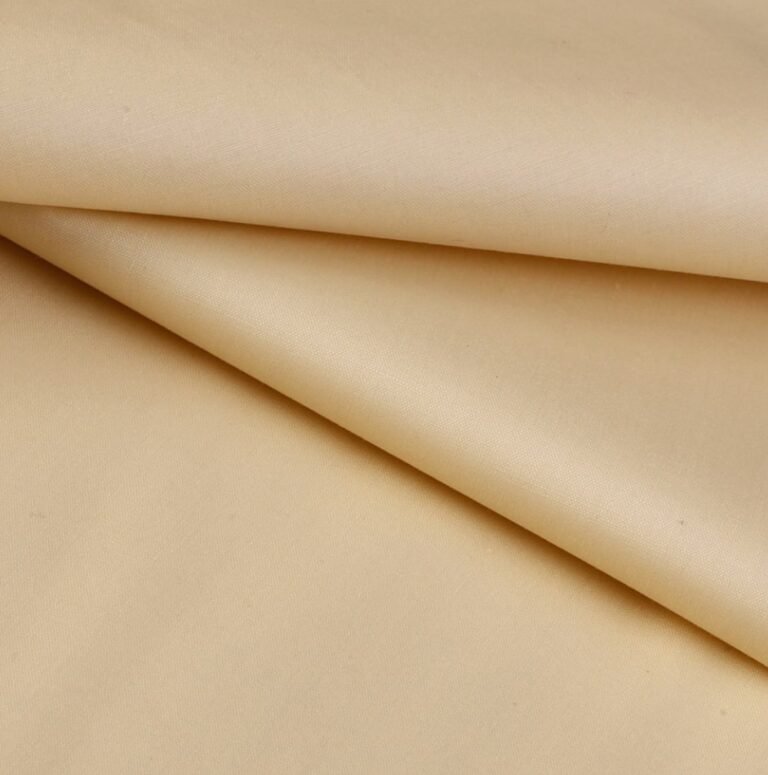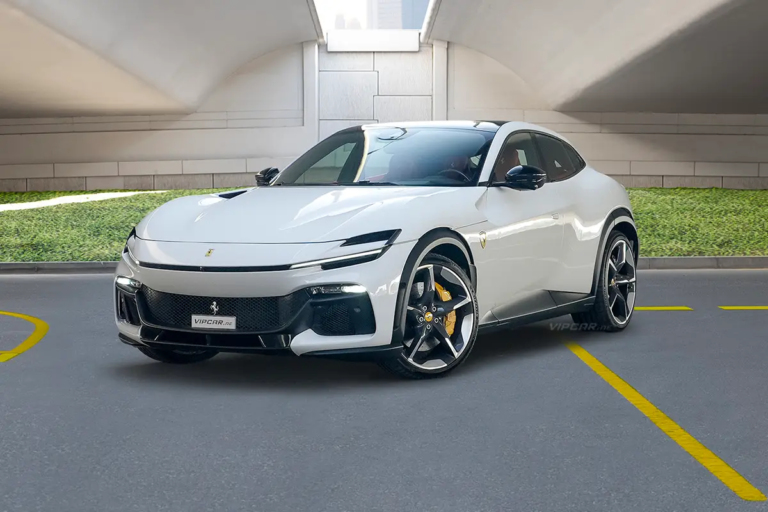Food is one of the most visually compelling subjects in marketing. From restaurant menus to Instagram feeds, the right image can make customers crave a dish instantly. Traditionally, food photography required skilled photographers, professional lighting, and hours of editing. But today, AI food photography is transforming the way food images are created, enhanced, and shared.
This new approach not only saves time and costs but also opens up fresh creative opportunities for restaurants, bloggers, and food brands looking to stand out.
Why AI Food Photography is Changing the Industry
Professional Quality Without the Hassle
With AI food photography, even small restaurants or solo food bloggers can achieve studio-quality results. AI automatically adjusts lighting, enhances textures, and sharpens details, making dishes look more appetizing.
Faster Turnaround for Busy Brands
In food marketing, timing is everything. Seasonal campaigns and daily specials often require quick content updates. AI-powered tools streamline the editing process, delivering polished visuals in minutes rather than hours.
Cost-Effective Visual Production
Hiring professional photographers is valuable but not always feasible for small businesses. AI tools lower the barrier by making high-quality visuals affordable and accessible to everyone.
Key Features of AI Food Photography Tools
Smart Lighting and Color Correction
AI recognizes food textures and enhances them with vibrant colors, balanced lighting, and appetizing tones.
Background Customization
Whether you want a rustic wooden table or a sleek minimal background, AI food photography tools can replace or adjust backdrops instantly.
Texture Enhancement
Food photos often struggle to capture the rich details of dishes. AI highlights textures—like the crispness of fried food or the creaminess of desserts—making them more appealing.
Batch Editing for Menus
Restaurants and food delivery apps often work with hundreds of images. Batch editing ensures consistency across all food listings without repetitive manual adjustments.
Bringing Images to Life with AI Image to Video Generator
Still photos are powerful, but motion captures even more attention. This is where the AI image to video generator adds value to food marketing strategies.
Making Food Look Irresistible in Motion
The AI image to video generator can animate elements like steam rising from hot dishes, a pour of syrup over pancakes, or a slow zoom into a dessert. These subtle movements make viewers feel closer to the dining experience.
Perfect for Social Media Platforms
Short-form video dominates platforms like Instagram, TikTok, and YouTube. Turning food photos into videos helps brands engage with audiences who expect dynamic content.
Budget-Friendly Video Marketing
Producing food videos traditionally required professional shoots, props, and advanced editing. With AI, businesses can repurpose existing images into video content—saving both time and money.
Choosing the Right Tools for AI Food Photography
When selecting software, consider:
-
Ease of use: Tools should simplify editing, not complicate it.
-
Output quality: Ensure photos and videos remain high resolution for web, print, and social media.
-
Motion capabilities: If video marketing is a goal, pick platforms with built-in AI image to video generator features.
-
Consistency: Look for batch editing options to keep brand visuals cohesive.
-
Pricing: Options range from budget-friendly apps for small cafes to premium suites for global food chains.
The Future of Food Marketing with AI
The combination of AI food photography and the AI image to video generator is more than a passing trend—it represents the future of visual food marketing. By automating tedious edits and adding motion to still images, businesses can present dishes in ways that are faster, cheaper, and more creative than ever before.
For restaurants, it means updating menus with professional photos in minutes. For food bloggers, it means producing eye-catching content without hiring photographers. And for brands, it means delivering visuals that spark cravings and drive customer engagement.
The result? More appetizing images, stronger storytelling, and a competitive edge in the crowded food market.





